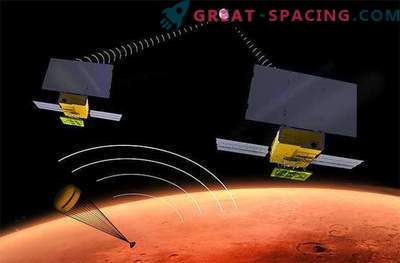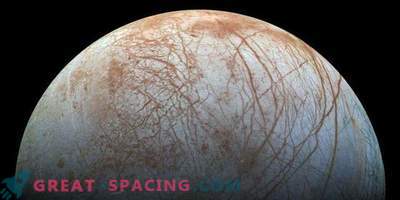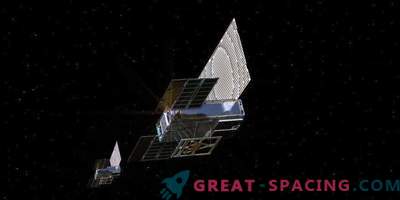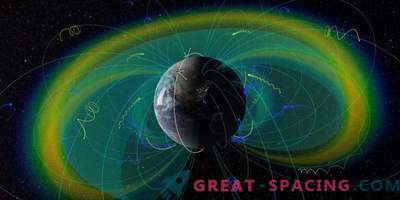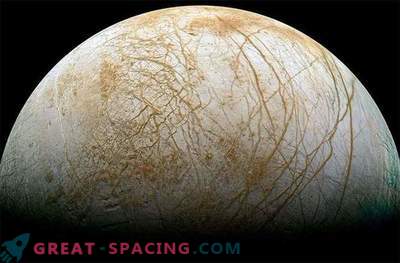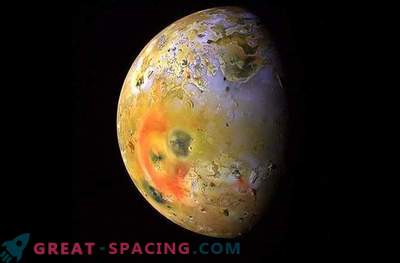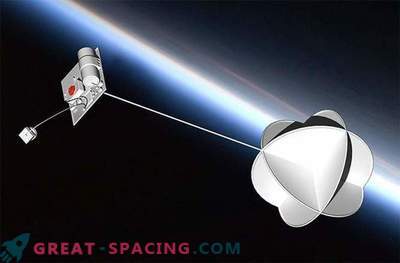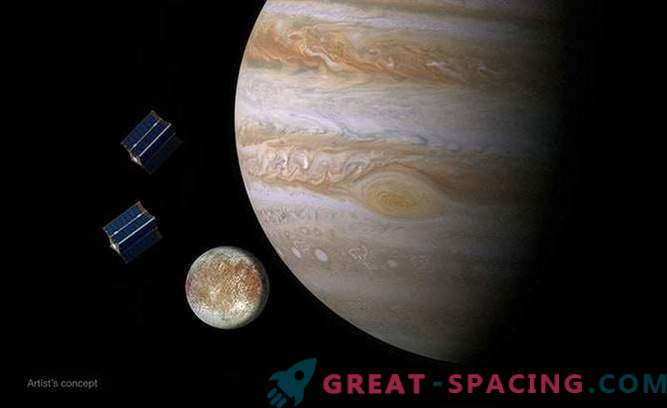
The NASA Jet Propulsion Laboratory (JPL) in Pasadena, Calif., Selected proposals from 10 universities to begin exploring the possibility of using Cubesat satellites as auxiliary components in missions on Jupiter’s satellite Europe and beyond.
Cubesat satellites are small, inexpensive space probes that can be used to collect scientific data on their own or as part of a group. They are widely used in low-Earth orbit, providing universities and institutes with an inexpensive means to perform experiments in microgravity. CubeSat technology is evolving, and this expands the scope of these satellites.
And since NASA is developing the concept of visiting Jupiter’s icy moon by the Europa Clipper automatic interplanetary station, JPL asked universities to submit proposals for the use of Cubesat satellites, which could complement the main mission of Clipper. Since we are planning a mission to Europe, why not take a few Cubesat satellites on the road? NASA has outlined some of the key scientific tasks that Cubesat satellites will be able to perform, including “exploring sites for future landing sites, exploring gravitational and magnetic fields, exploring the atmosphere, and conducting radiation measurements.”
“We saw some innovative and quite creative findings among the ideas for using Cubesat presented by these universities,” said Barry Goldstein, manager of the preliminary project for the Europa Clipper mission. “The use of Cubesat satellites to explore planets is becoming possible only now, so we want to explore how a future mission to Europe can take advantage of them.”
Each of the selected proposals was provided for $ 25,000 to develop their ideas for using Cubesat. They will be included in the study, which is expected in the summer of 2015.
Europe, as is well known, has a subsurface ocean of liquid water protected by a thick ice shell. As we learn more and more about this small world, it attracts us more and more by the possibility of the birth of life in it. Now we know that, thanks to the waters of the ocean, nutrients are actively mixed under the surface. The ice surface, apparently, also consists of tectonic plates. In addition, scientists believe that there is a lot of oxygen in the ocean. And the ocean itself is heated by tides arising from the rotation of Europe in its orbit around Jupiter.
All of these factors point to the possibility of discovering a habitable world in which multicellular organisms are supposed to thrive. But to test this hypothesis, we must begin sending a mission to Europe in order to get a complete picture of the presence of living organisms there. This mission can be accelerated by introducing Cubesat satellites into the next major NASA missions into Io's orbit.
If you could formulate a mission for your own Cubesat satellites traveling to Europe, what scientific task would you assign to them?
